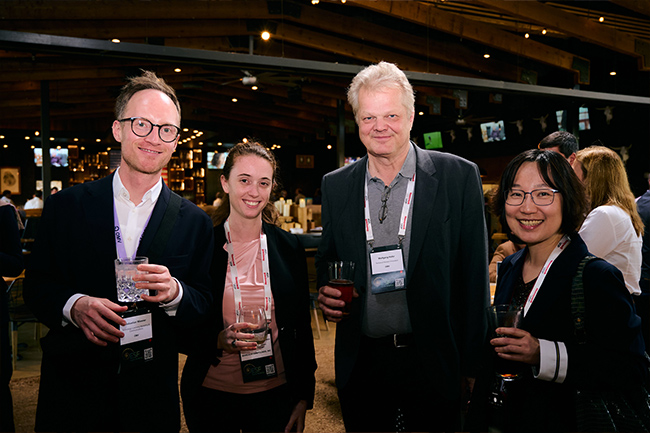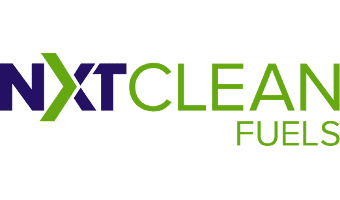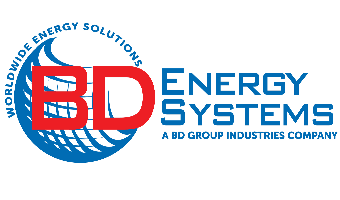20–21 May 2026
Houston, Texas
An Innovative & Adaptive Downstream Industry
I'm Interested in ESF North America 2026Welcome to ESF North America 2026
ESF North America returns for its 5th edition, under the theme of "innovation and adaptation".
A balanced transition
Today, we're facing a reality check. Building and scaling a decarbonized energy system is proving more challenging than expected. Low-carbon supply is growing, but not fast enough to outpace rising global demand, meaning fossil fuels will underpin energy supply for decades to come. The transition is one of evolution, with fossil fuels increasingly complemented by low-carbon alternatives to meet demand while reducing emissions.
Flexibility and adaptability
The transition is not linear; it is complex, multi-dimensional, and shaped by uncertainty. For the refining and chemicals industries long defined by volatility and marked by market, policy, and incentive shifts, success now depends on preparing for multiple futures. This requires diverse fuels, technologies, and pathways to drive energy diversification and strengthen resilience.
Resilient and competitive
In today's fluctuating market environment, operational excellence and efficiency are critical drivers of value creation. Agility is essential, and digitalisation plays a central role in enabling faster, smarter decision-making and strengthening competitiveness.
ESF North America 2026 will bring together industry leaders in Houston from May 20-21 to explore how technology, innovation and collaboration can drive a resilient, competitive, and more sustainable future in which the refining and chemicals industries play a leading role.
Make a Presentation at ESF North America 2026
Get in touch if you can contribute to the agenda with a presentation on one of these topics:
- Strengthen domestic manufacturing and energy resilience
- Unlock sustainable and decarbonized fuel opportunities
- Drive operational excellence, efficiency, and continuity
- Harness digitalisation and AI for smarter operations
- Improve feedstock flexibility and optimize supply chains
- Capitalize on existing infrastructure and technologies
- Retrofit assets to enable a phased, sustainable transition
A big thank you to our Houston problem solvers!
- Thank you to all of our sponsors for trusting, investing, and supporting the development of a secure and sustainable energy future in which the refining and chemicals industries continue to play a leading role.
- All of our speakers and panellists for your thought leadership, insights, perspectives, and curiosities.
- Last but not least, thank you to everyone who joined us in Houston and contributed to the success of the event.

2025 Post-Show Report
20–22nd May 2025 | Houston, TexasA comprehensive report of all the lessons learned during the event
Download Now
2025 Advisory Meeting Takeaways
Meeting held on the 12th December 2024
Held in December, the discussion included speculation about what the then-upcoming Trump Presidency might mean for the country’s energy, climate, trade policies, and downstream landscape. It will be interesting over the coming weeks and months to see the full outcomes of the new administration and what this period of transition for America means for America’s energy transition.
Download NowESF Interview Series
Testimonials
My experience at ESF NA 2024 exceeded my expectations. It was well organized, well attended, and attended by organizations and senior staffers who brought the needed expertise and practicality to the conference. Overall, it was an excellent conference in New Orleans
Sr. Licensing Manager, Hydroprocessing, TOPSOE
A huge thank you to the organizers of ESF North America for creating a platform where industry leaders can exchange ideas, showcase innovations, and build partnerships. Together, we can power progress and drive the sustainable energy future we all envision.
GM Commercial USGC, SHELL CHEMICALS
Excellent conference. Great conversations and networking. Impeccably organised and run. Thank to all.
Global Decarbonization Business Leader, KBC - A Yokogawa Company
Always a great time with the EPC crew!! Thank you all for being such gracious hosts and helping make the conference insightful, successful and fun.
VP or Sales and Business Development, BD ENERGY SYSTEMS
The event was well-organized and provided a unique platform to connect with industry leaders, experts, and like-minded individuals passionate about sustainable practices. The networking opportunities were invaluable, allowing me to establish meaningful connections and exchange ideas with professionals. I highly recommend this event to anyone seeking to stay at the forefront of energy and sustainability advancements and contribute to a more sustainable world.
Business Development Director, EICHLEAY
Other ESF Events
Contact the Organisers
+44 (0) 20 7357 8394 kay_mitchell@europetro.com
















.png)





